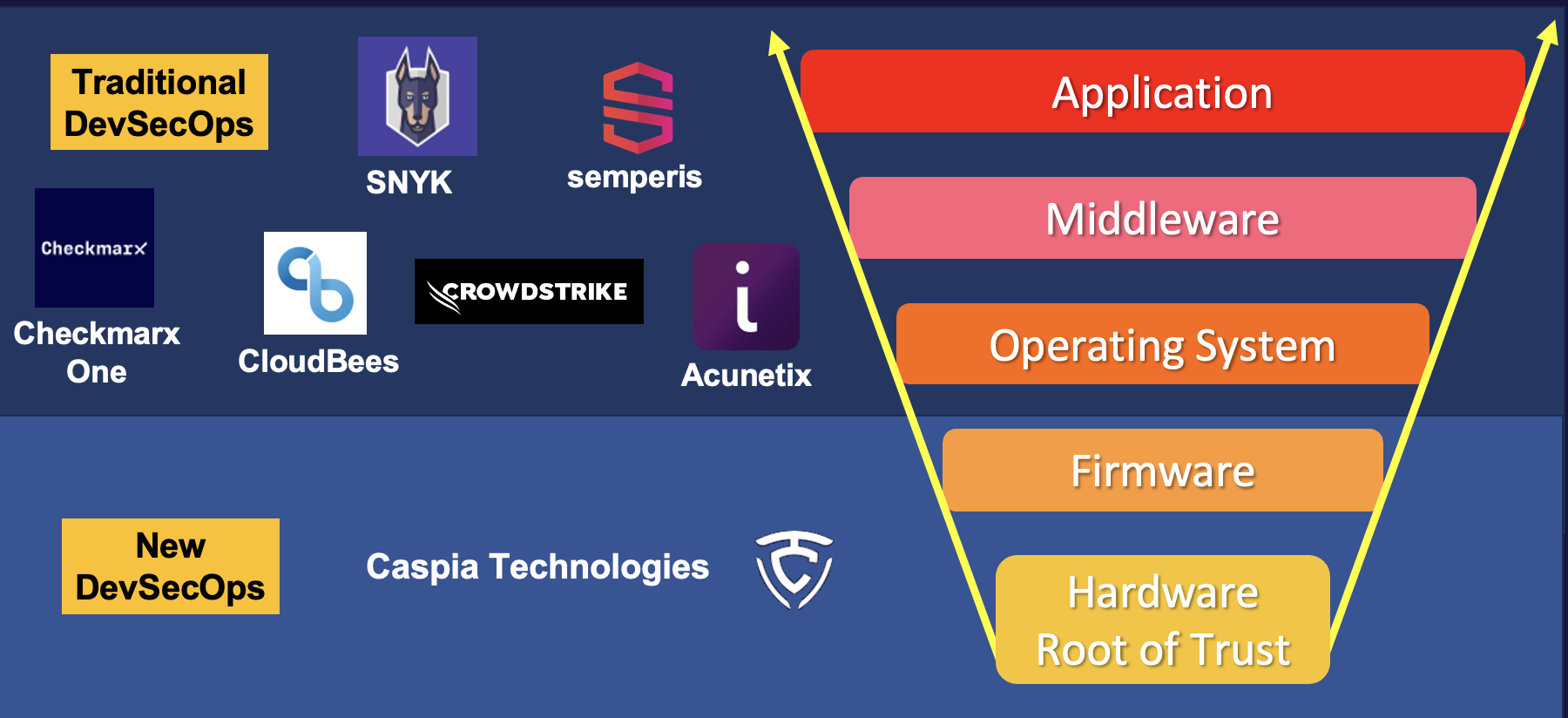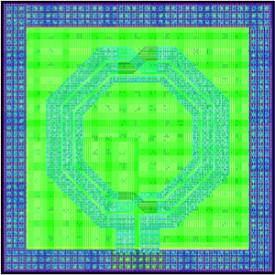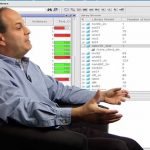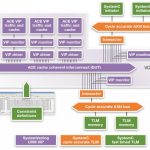The 2013 Design Automation Conference celebrates its 50th anniversary Sunday, June 2 through Thursday, June 6 at the Austin Convention Center. DAC is the world’s leading technical conference and trade show on electronic design and design automation. DAC is where the IC Design and EDA ecosystem learns, networks, and does… Read More
 A Six-Minute Journey to Secure Chip Design with CaspiaHardware-level chip security has become an important topic…Read More
A Six-Minute Journey to Secure Chip Design with CaspiaHardware-level chip security has become an important topic…Read More Lessons from the DeepChip Wars: What a Decade-old Debate Teaches Us About Tech EvolutionThe competitive landscape of hardware-assisted verification (HAV) has…Read More
Lessons from the DeepChip Wars: What a Decade-old Debate Teaches Us About Tech EvolutionThe competitive landscape of hardware-assisted verification (HAV) has…Read More Think Quantum Computing is Hype? Mastercard Begs to DisagreeJust got an opportunity to write a blog…Read More
Think Quantum Computing is Hype? Mastercard Begs to DisagreeJust got an opportunity to write a blog…Read More TSMC Kumamoto: Pioneering Japan's Semiconductor RevivalIn the lush landscapes of Kumamoto Prefecture, on…Read More
TSMC Kumamoto: Pioneering Japan's Semiconductor RevivalIn the lush landscapes of Kumamoto Prefecture, on…Read MoreRFIC Design Challenges at #50DAC
RFIC developers used to favor mature silicon processes, typically staying back a couple of nodes behind the leading edge. This bought foundries time for ‘RF-enabling’ their PDKs, and also maximized return on investment for developing RF models and infrastructure IP. Not the case any more, it seems. To address the insatiable … Read More
SemiWiki Top 10 Must See @ #50DAC List!
This list was compiled by the SemiWiki bloggers highlighting emerging technologies that we have written about and that will be demonstrated at the Design Automation Conference next week. We highly recommend you investigate them further during your time in Austin and please let us know what you think.
Today SemiWiki has more than… Read More
Robust Reliability Verification: Beyond Traditional Tools and Techniques
Robust Reliability Verification: Beyond Traditional Tools
by Matthew Hogan, Mentor Graphics
At all process nodes, countless hours are diligently expended to ensure that our integrated circuit (IC) designs will function in the way we intended, can be manufactured with satisfactory yields, and are delivered in a timely fashion… Read More
Cooley’s Cheesy Must See List for DAC is Out
One of the other increasingly successful channels (besides Semiwiki of course) for EDA, IP and semiconductor companies to reach potential customers is John Cooley’s DeepChip. Every year he puts a lot of effort into trying to find out who is exhibiting what at DAC and which stuff seems like it is new and maybe important, and… Read More
ARM Partners with Carbon on Cortex-A57
Just in time for DAC, Carbon have announced that they have expanded their partnership with ARM to create and deliver models for the ARM Cortex-A57 processor and related IP. One piece of related IP is the Cortex-A53 which can be configured in big.LITTLE multi-core setups to achieve the sweet spot of higher performance and lower power.… Read More
10 years, 100,000 miles, or <1 DPM
Auto makers have historically been accused of things like planned obsolescence – redesigning parts to make repairs painfully or even prohibitively expensive – and the “warranty time-bomb”, where major systems seem to fail about a week after the warranty expires. Optimists would chalk both those up to relentless innovation,… Read More
SEMulator3D – A Virtual Fab Platform
Yes, it’s a pleasant surprise; it is Virtual Fabrication Platform, one of the new innovations in 2013. I was looking around for what kind of breakthrough technologies will be announced in DAC this year. And here I came across this new kind of innovative tool which can produce final virtual fabricated 3D structures after following… Read More
You can tune a piano, but you can’t tune a cache without help
Once upon a time, designing a product with a first generation SoC on board, we were trying to use two different I/O peripherals simultaneously. Seemed simple enough, but things just flat out didn’t work. After days spent on RTFM (re-reading the fine manual), we found ourselves at the absolute last resort: ask our FAE.
After about… Read More
DAC lunch seminar: Better IP Test with IEEE P1687
What: DAC lunch seminar (register here)
When: June 5, 2013, 11:30am – 1:30pm
Where: At DAC in lovely Austin, TX
Dr. Martin Keim of Mentor Graphics will present this overview of the new the IEEE P1687 standard, called IJTAG for ‘internal’ JTAG.
If you are involved in IC test*, you’ve probably heard about IJTAG. If you … Read More













AI RTL Generation versus AI RTL Verification